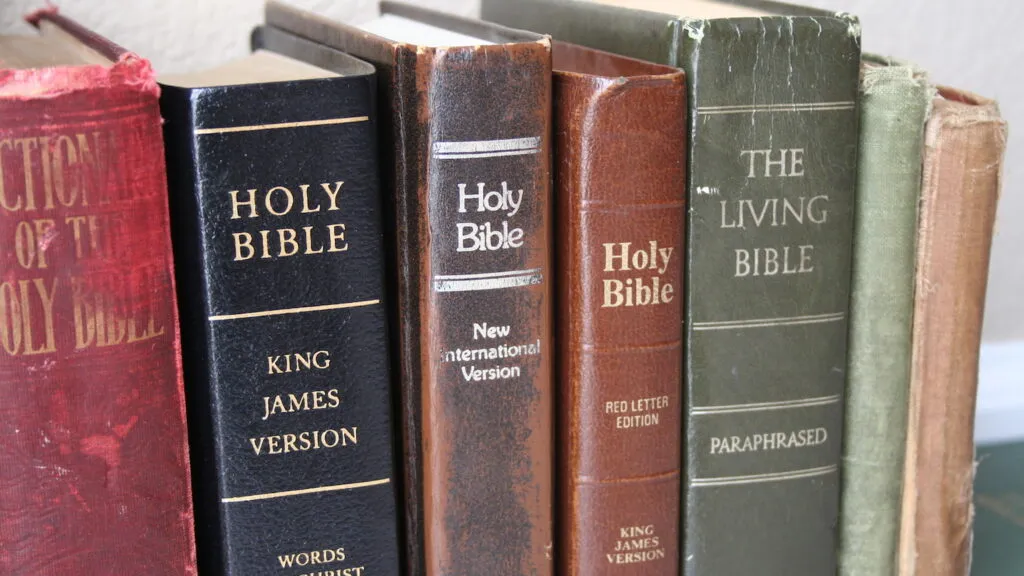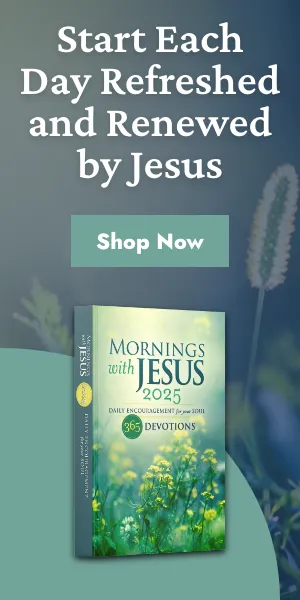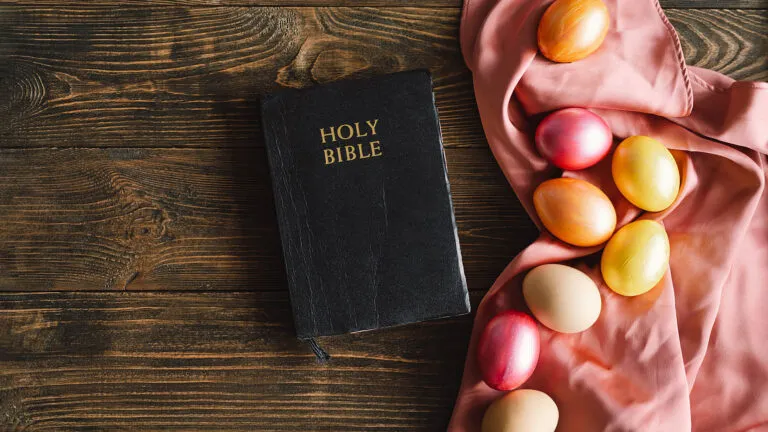Do you ever feel burdened by the number of Bible translations out there? Do you wonder, “Which one should I use?” I just gathered a few of my favorites and now have five sitting next to me on the couch—and there are more on the shelves! Which one to use?
Quick answer: all of them. They’re all good guides. Sometimes what matters most is the convenience, finding helpful Scripture when you need it. For instance, take a verse from the Psalms, “God of Zion, to you even silence is praise.” (Psalm 65:1)
That’s from the Common English Bible, the CEB, and I found it an inspiration in my daily prayer practice. I even used it as the title of my book on meditative prayer, Even Silence Is Praise (Thomas Nelson, Feb. 8 2022).
The CEB gives the Scripture in easy-to-understand, everyday English. No highfalutin phrases. Plenty of contractions. It’s the language we speak.
On the other hand, sometimes I want that beautiful Shakespearian language I remember from childhood, “He maketh me lie down in green pastures; he leadeth me beside the still waters…” (Psalm 23: 2). The wondrous King James Version.
Published in 1611, the KJV was the primary English-language Bible for centuries. I have a tattered pocket version I used on my subway commute to work for years. “The Bible that’s falling apart belongs to someone who isn’t,” they say. Here’s my witness!
These days, at home, I turn to the New Revised Standard Version and read three Psalms over breakfast. Food for body and soul. The NRSV was published in 1989 by the National Council of Churches and was itself an update of the RSV released in 1952.
The Oxford version offers tons of scholarly comments, should I need them. The language of the Psalms amplifies my prayer life, with a tone that’s not too forbidding and yet dignified.
Then there’s the American Standard Version, an earlier revision of the KJV, first published in 1901. The language is less archaic and more approachable, for instance here it’s “He makes lie down in green pastures. He leads me beside still waters.” Notice the period, no semi-colon.
The copy I treasure belonged to my father and in its pages is a prayer where he uses his own vernacular, signing off, “Love ya,” to God. You gotta love that. Some Bibles you treasure because of who owned them.
I could go on and on but let me end with the New International Version. First published in 1978, incorporating the work of scholars and linguists, with a text true to the original as well as readable, it has been updated twice, in 1984 and 2011.
I have this one on my Kindle, handy to read when I want to refer to the Bible. Trustworthy and dependable, it’s one of the most popular versions out there.
Of course, there are differences of opinion about any of these versions and choices that are made. What matters most is not just how you read them but how you live them. The Bible we live is the best version out there.





